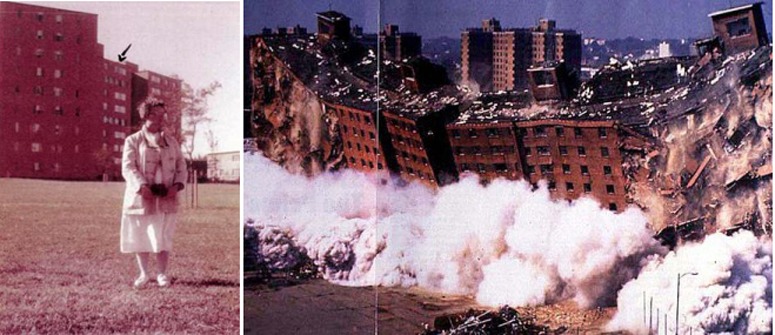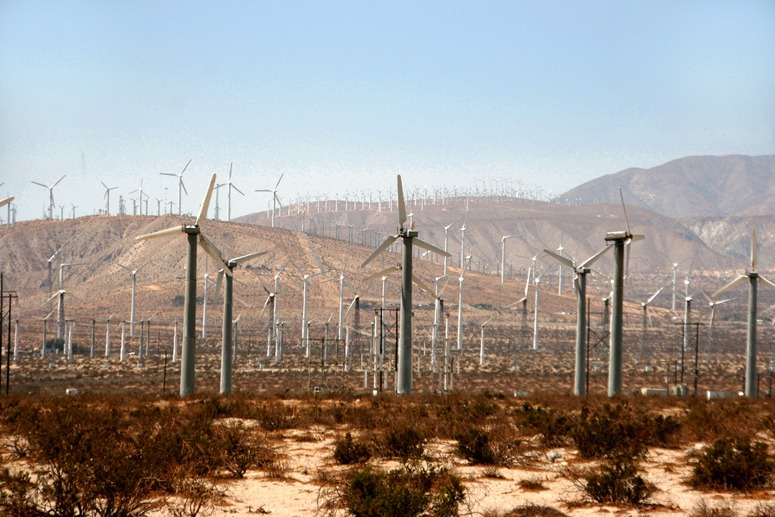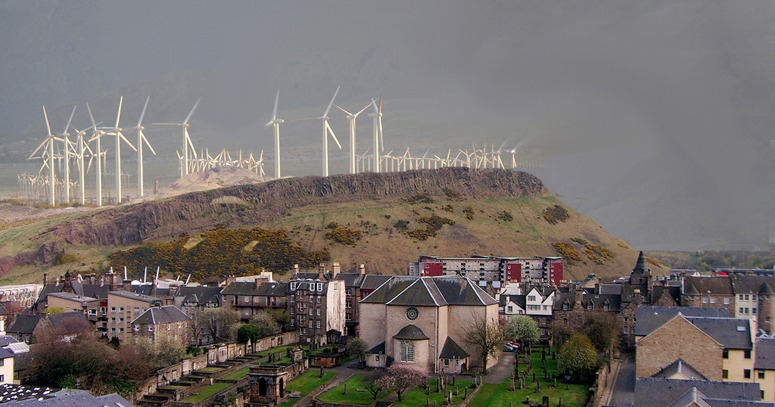 The Demolition of Pruitt-Igoe in St Louis is identified (following Charles Jencks) as the moment when Modernism in architecture died. Architects are the bad guys in this story.[ http://affordablehousinginstitute.org/blogs/us/2009/07/big-bad-blocks-part-1-blame-the-architects.html ]
The Demolition of Pruitt-Igoe in St Louis is identified (following Charles Jencks) as the moment when Modernism in architecture died. Architects are the bad guys in this story.[ http://affordablehousinginstitute.org/blogs/us/2009/07/big-bad-blocks-part-1-blame-the-architects.html ]
And viewing the following sequence of the Pruitt-Igoe demolition in the film Koyaanisqatsi it is not difficult to follow the popular sentiment.[ http://www.youtube.com/watch?v=7ZF1e24FPpo ] Music by Philip Glass.
However, the world we sometimes do acknowledge, is a complex place…
Christine Wonoseputro contextualises the ‘moment’ in theoretical terms within the history of architecture as art.
[ http://transmaterialasia.wordpress.com/2006/11/01/hadids-metaphors-reading-her-biography-from-the-way-of-thinking/ ]
Yet the memoirs of a medical student and his wife a nurse “in a 9 story large reddish-tan brick building in the Pruitt-Igoe city housing at 1300 S. 14th” presents quite another picture of the development as it was when first completed and occupied (and imagined). In Urban Design: a typology by Jon T Lang (2005) Pruitt-Igoe is described as the first racially integrated public housing development in St Louis. (p181)
Not the slum – it was to become – usually associated with the legend.[ http://gagronert.com/chapter6.htm ]
It is said that the residential mix of the development “overwhelmingly welfare dependent single mothers” (p182) was not the household mix that had been expected when the complex was designed.
The couple in question occupied their flat for only a year. I assume this was the duration he was working at the St Louis hospital? From a landscape persepctive it is worth asking – what happened to the rivers of trees?
The architect is said to have lamented “I never thought people were that destructive.”
[ http://reference.findtarget.com/search/Pruitt-Igoe/ ]






